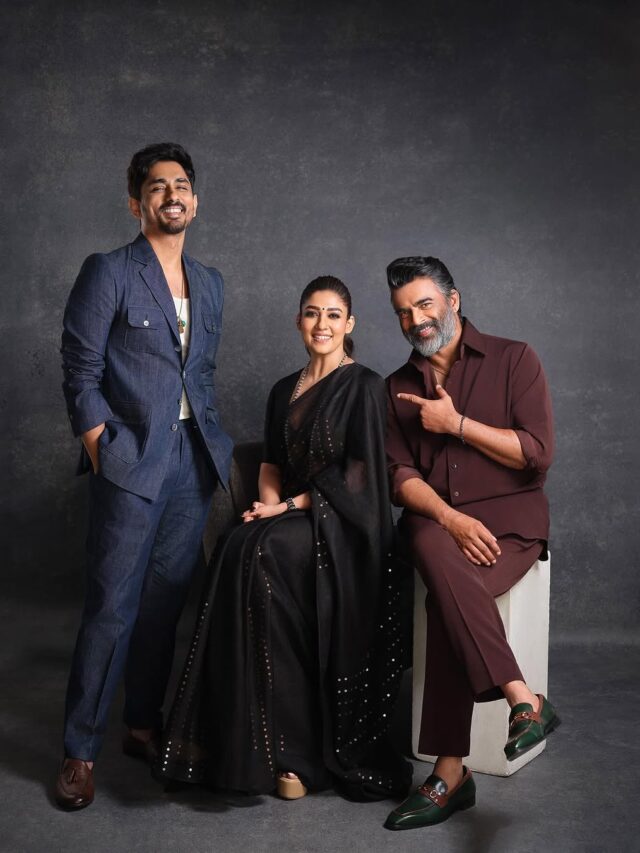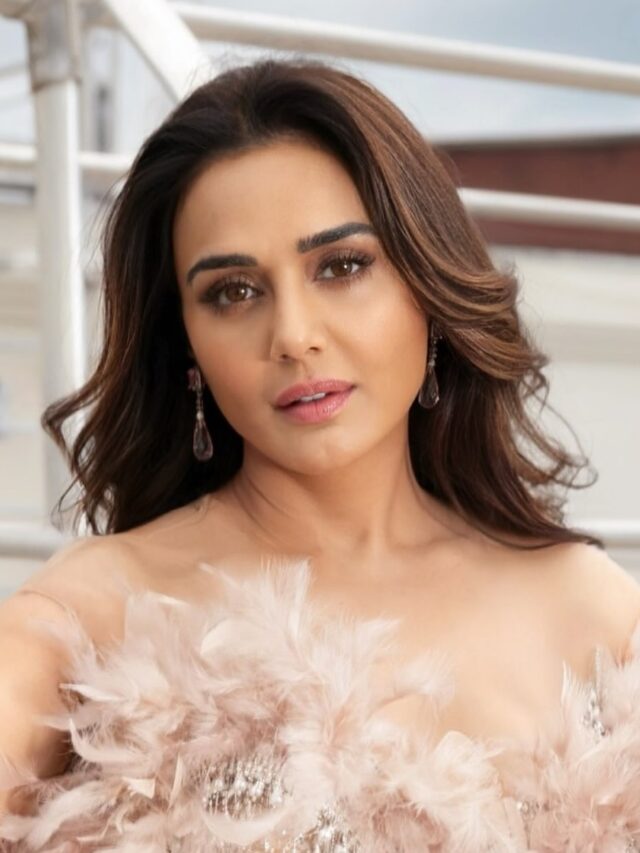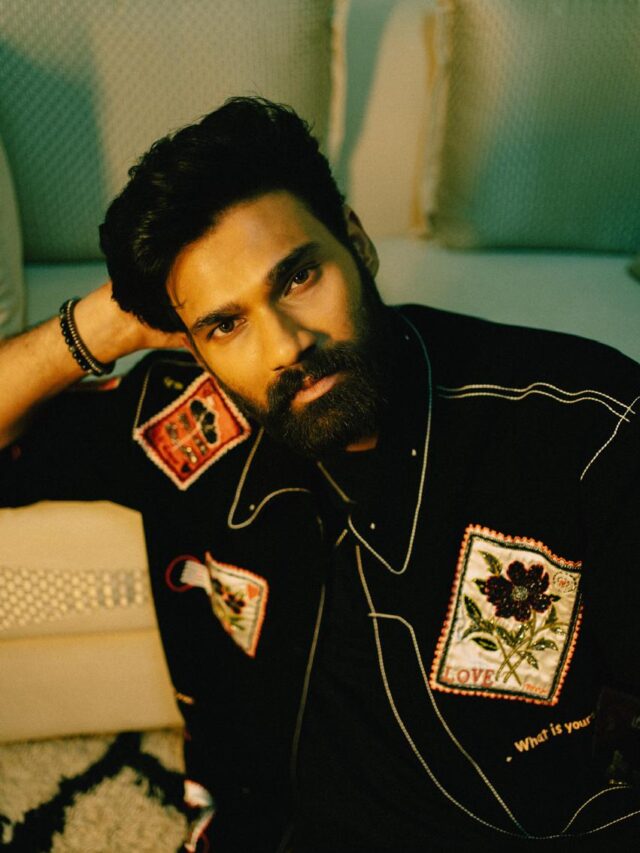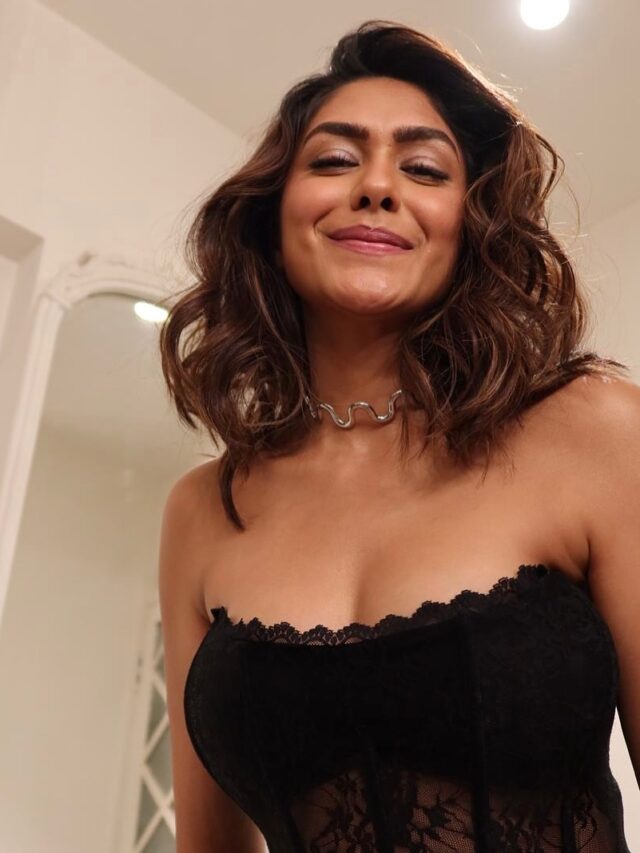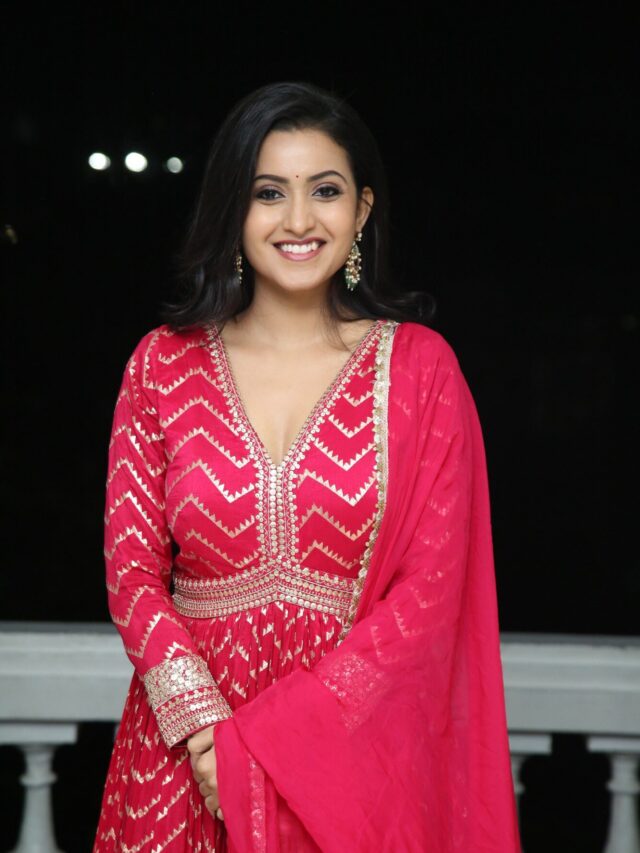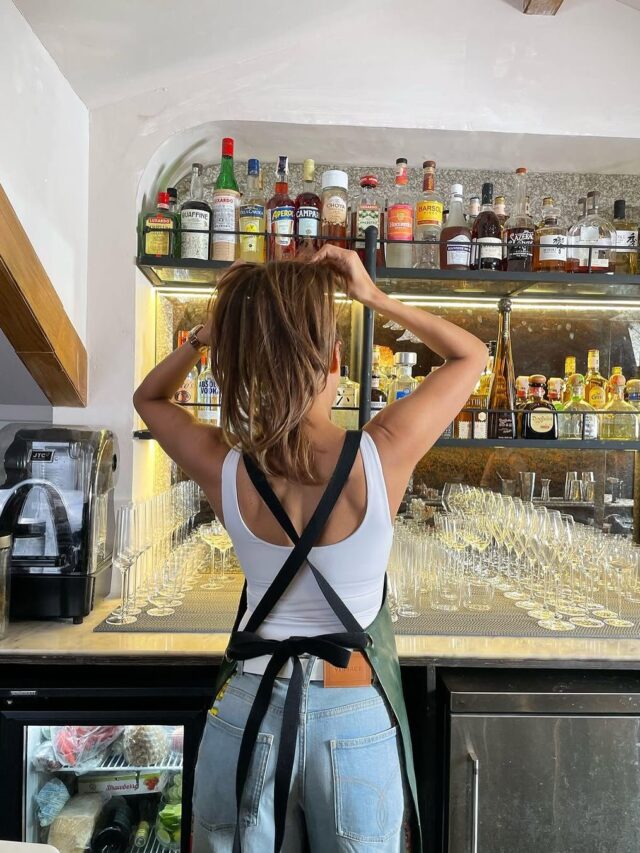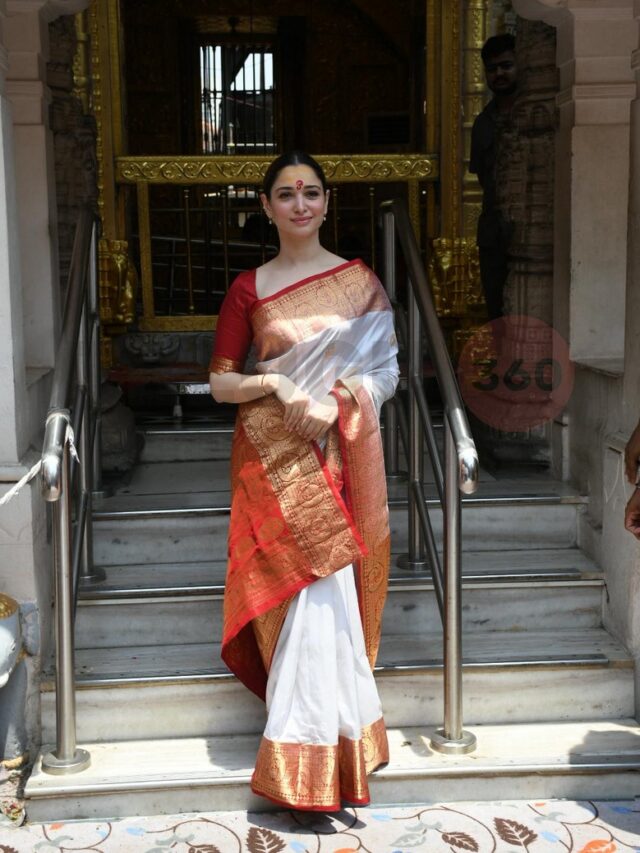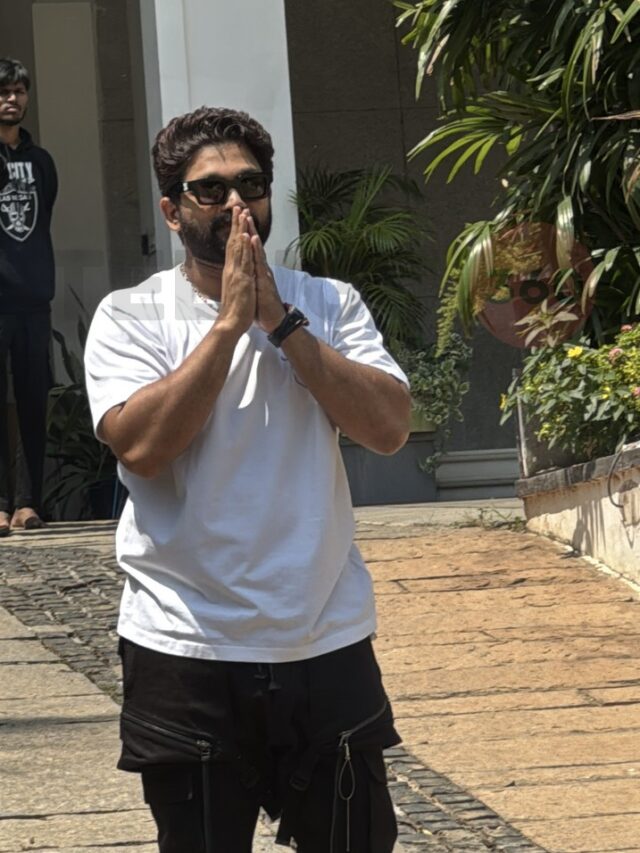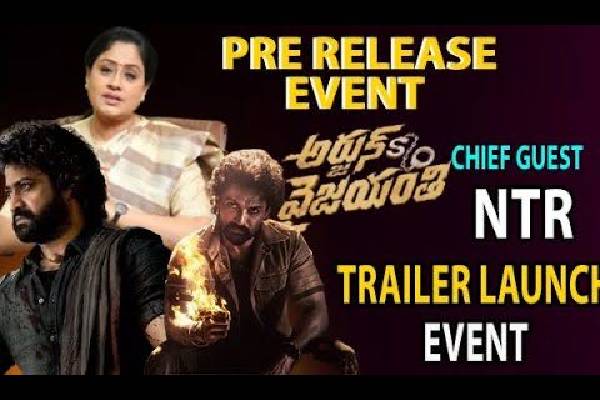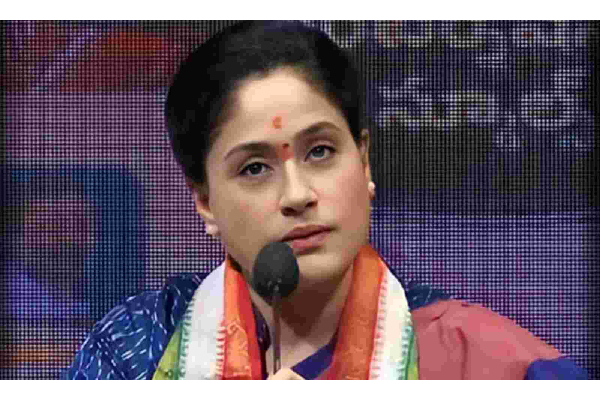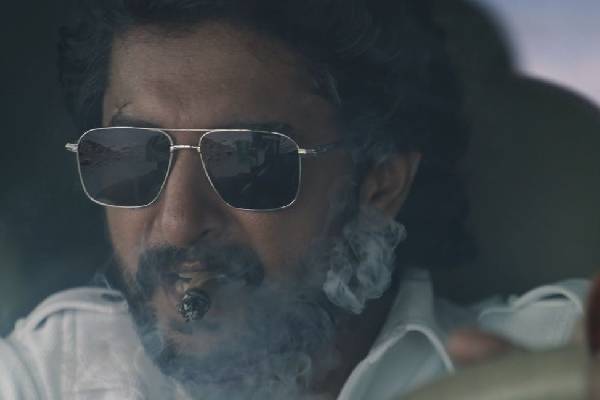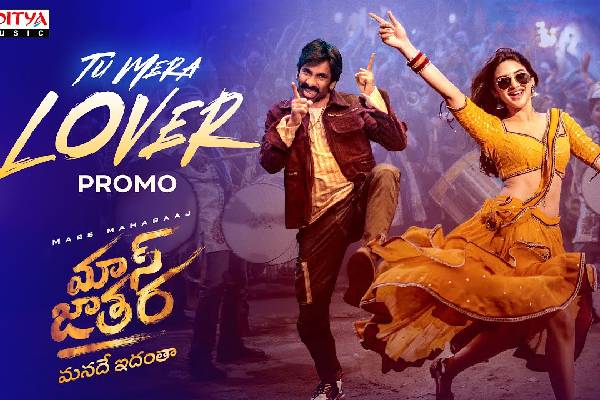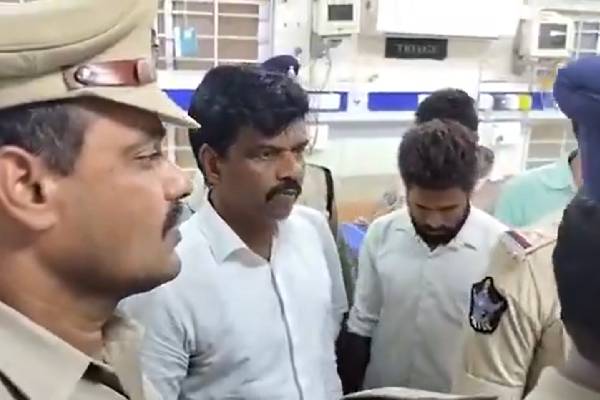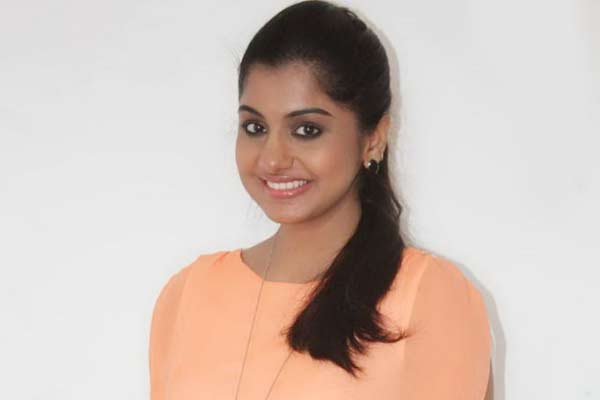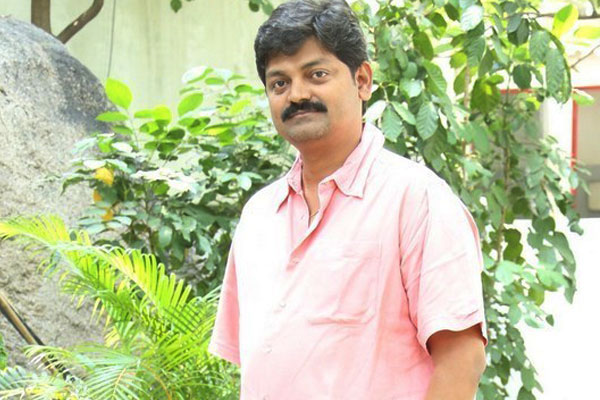Is this is the first time you’ve worked on a period film?
No, Yashoda Krishna is my first film; I have done mythology before. I acted in Kota Lo Paaga when I must have been barely eight. When something as old as 1000 years is being recreated, we get to know how we lived then. In Bahubali’s case, Sabu kept it rustic. They had done so much home work, about what they cooked in their homes and offerings they would make to God. Every aspect and character has been designed meticulously. I have done art films where I have seen detailing but for a commercial film, I have never seen this kind of preparation. I greyed my hair for the role and I don’t even mind playing a granny’s role, if the role and story are good. I have worked for more than 30 days and I stay in the first part only.
What kind of excitement did you go through?
We went to Kerala, Athirapally waterfalls. Twenty days or so, we shot there and moved back to RFC. It was so exciting in Kerala; I have been there and shot for so many Malayalam films but I never went to the interiors like I had gone for Bahubali. It is risky, we could slip from the stones; it is a terrain we never explored but Rajamouli and Peter Hein would lead and we would follow them. The detailing for every shot, every gesture is something you should see to believe it. For me, the excitement is to work with a film maker who is dedicated, in such a commercial set up.
What did you observe about Rajamouli?
Many directors like Kamal Haasan, Balu Mahendra don’t move until they get what they want. Even I don’t give up. I remember for Virumandi (Potharaju), it was shot in live sound (even for Yashoda Krishna). Soon after the shoot, he would go back and would edit there itself. There was something wrong once and he returned to shoot the entire episode again. I grew up watching such film makers and to see that that kind of single mindedness in Rajamouli, I was obviously excited. He keeps a frame and decides what he wants. Ikkada seleyaru ravali, ikkada pedda chettu undali and he gets it. To get that, we need to keep certain things ready, pumping water to that place, uprooting and getting trees with mud. It is either generated or he uses special effects. With that kind of preparation for every frame, not much time would be wasted.
On the people around him
He had ten technicians or so on his finger tips who would get what he wanted. On one side, I would see the people making Siva Lingams and I kept watching them. They must have made 100 Siva Lingams for Bahubali. It was like an industry where there were tents. I am just citing an example of Siva Lingam but there are lot more things. Everyday I would go and see how and why they are making. The battle field, the caves would be made then and there itself; it was fantastic. For me Bahubali is big because of the director not compromising and not moving on till he got what he wanted. He would re-shoot if it was not perfect. I dubbed for both Telugu and Tamil.
Your current projects
At the moment I am leaving for Paris to do stage shows. Theatre needs a lot of time. For one play, we need to invest that time and also there is no money. I have three shows in Paris, supported by an Indian cultural wing and we’re invited by a French theatre. I shot for a Malayalam film recently for Abrid Shine, the director of 1983 and it’s his second project. It is a great role that comes in the end and has one long sequence. Nivin Pauly is one of the producers for this film and as an actor, I was motivated by the work we did.
(Sunita Yalavarthi)


